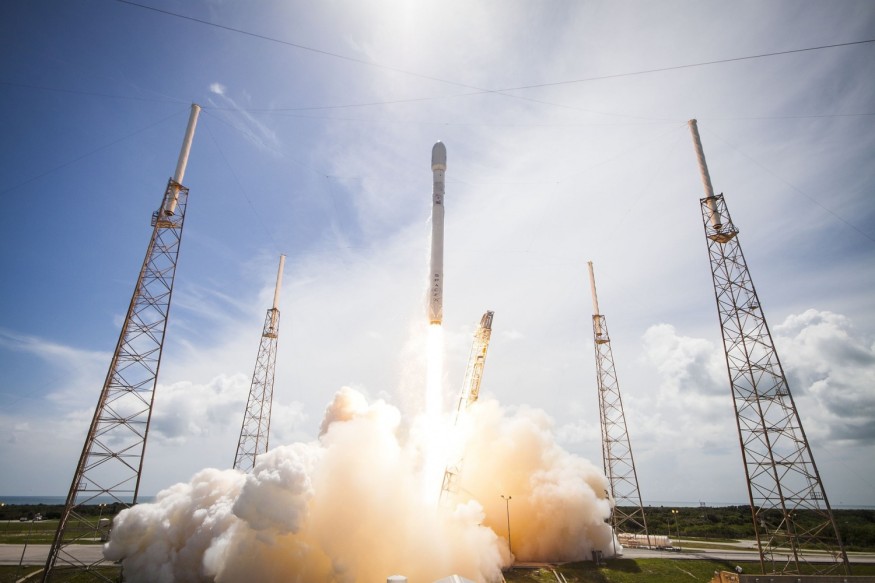China launched its Long March 5B rocket on July 24 to carry a laboratory module for the Tiangong space station, which is currently under construction. Astronomers predict that the 23-ton rocket body will break up into pieces large enough to survive the atmosphere as it falls back to Earth. Seventy-five percent of those crash landings would happen in water, desert, or jungle, making it unlikely that anyone will be harmed or property will be damaged. Now the question is, should you panic or not?

Is China's Long March 5 Space Debris Destructive?
According to the Aerospace Corporation's Center for Orbital Reentry and Debris Studies, a significant portion of the rocket, which is about 5.5 to 9.9 tons, will make it all the way down. Given how much of the Earth is covered by oceans and sparsely populated land, the chances of a piece hitting anyone are minuscule.
Ted Muelhaupt, a consultant with The Aerospace Corporation's Corporate Chief Engineer's Office, stated during a livestream on Twitter that there is a 99.5% chance that nothing will happen.
— The Aerospace Corporation (@AerospaceCorp) July 28, 2022
"Personally, if this were coming down on my head, I'd run outside with a camera to watch it, because I think it would be more of a visual [opportunity] than an actual risk," Muelhaupt added.
When the surviving Long March 5B fragments hit the ground or water, they will be traveling at speeds of several hundred miles per hour. These impacts will be full of energy and destructive, but not cataclysmic.
Astrophysicist and satellite tracker Jonathan McDowell said that the worst-case scenario will be less serious than a single cruise missile strike like the ones we have been seeing every day in the Ukraine war. Having said that, McDowell and others stress that the upcoming Long March 5B crash is a serious and unfortunate event, particularly because it could have been avoided.
Most orbital rocket core stages are directed to a safe demise in the ocean or over unpopulated land shortly after launch, or, in the case of SpaceX's Falcon 9 and Falcon Heavy vehicles, come down for vertical landings and eventual reuse. The core stage of the Long March 5B, on the other hand, enters orbit with the payload and remains there until brought down by atmospheric drag.
How Can We Predict When and Where Debris Will Fall?
Space debris expert Marlon Sorge said that the data sets used by their team to make predictions are generated when an object being tracked passes over one of a network of sensors spread across the globe. The United States Space Force operates the Space Surveillance Network (SSN), which monitors space objects.
However, forecasting the Long March 5B is hard. The issue is that the density of the upper atmosphere changes over time; there is even weather up there. As a result, it is impossible to predict exactly when the satellite will have plowed through enough atmosphere to melt, break up, and finally reenter. Furthermore, the Long March 5B core is not following a smooth, predictable path through the upper atmosphere, complicating forecasting efforts even further.
RELATED ARTICLE : China Wants to Compete With SpaceX by Making Own Fully Reusable Long March 9 Super-Heavy Rocket
Check out more news and information on Space in Science Times.












